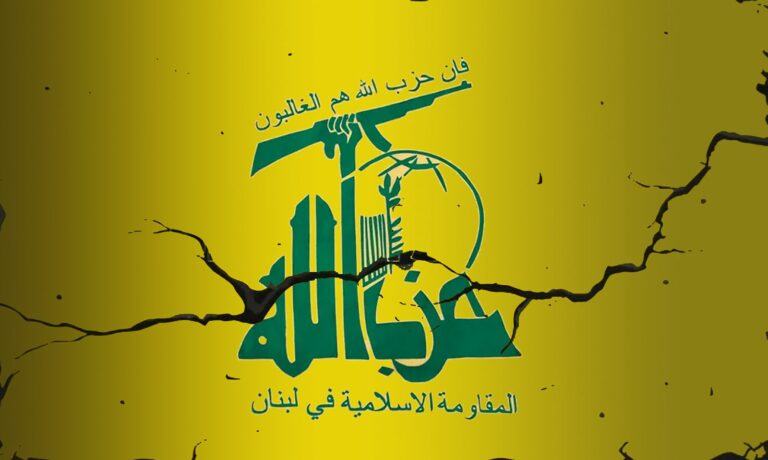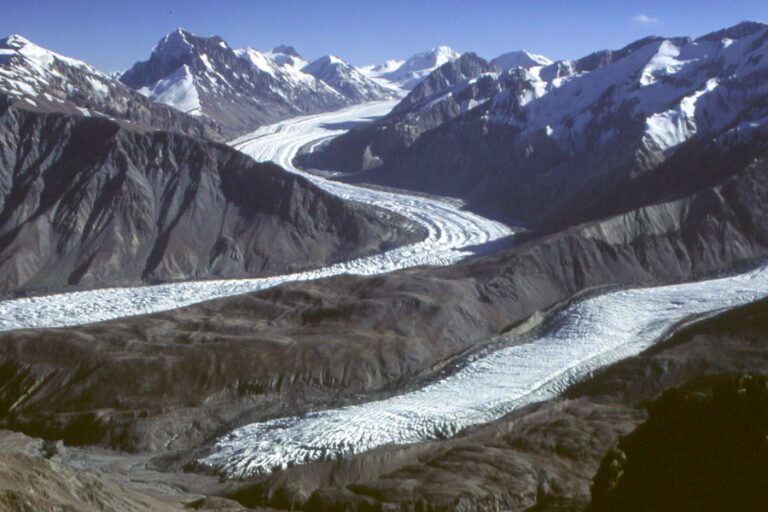By Andrea Tucci,
Over the past two decades, and especially under Hezbollah’s rule, Lebanon has shifted from prosperity to a failed state. However, with Nasrallah and much of Hezbollah’s leadership now gone, a new scenario could emerge, allowing the Lebanese government and military to potentially reassert control.
Among the many reflections following the death of Hassan Nasrallah, who for thirty years was the undisputed political leader of Hezbollah, few have focused on an important aspect not tied directly to the conflict between the Shiite movement and Israel, but rather to the future of Lebanon. Israeli attacks have effectively dismantled Hezbollah’s leadership structure, eliminating all its top figures through targeted assassinations and bombings. These strikes have also significantly damaged the communication links between militants, as demonstrated by Israel’s operations involving explosive pagers and radios.
While Hezbollah remains a formidable organization, the wave of “sympathy” that its resistance against Israel had stirred among various religious sects in Lebanon could quickly dissipate if it proves incapable of withstanding further attacks from the Jewish state.
And this is where the key issue lies. Hezbollah is perceived as a burden in Lebanon, seen as the price to be paid for the existence of a neighboring Israel, which is detested not only for issues related to Lebanon (the 1982 invasion, which gave rise to Hezbollah, and the 2006 war), but also for its role in the Palestinian conflict.
Thus, Hezbollah is tolerated only as long as it fights Israel; otherwise, for many, it is a liability to the country.
Lebanon is home to 18 officially recognized religious sects, where the President must be a Christian, the Parliament Speaker a Shiite Muslim, and the Prime Minister a Sunni Muslim. These sectarian divides shape Lebanese society, with Shiites controlling the management of Beirut’s international airport, Orthodox and Catholic Christians dominating the pharmaceutical trade and healthcare, and Sunni Muslims leading the construction industry.
However, Hezbollah has disrupted these balances by equipping itself, with critical ballistic support from Iran, with a military force superior to that of the Lebanese state. For years, Hezbollah has functioned as a state within a state, operating largely autonomously, especially in its conflict with Israel, from which the Lebanese armed forces have often kept a distance.
Now, it is possible that other political and religious groups in Lebanon will seek to take advantage of Hezbollah’s difficulties to restore the balance of power and adjust their real influence in society. The Shiite movement remains a strong force, but it has clearly lost several “battles” with Israel—and in such a rapid and dramatic manner that it suggests Israel may have benefited from cooperation both within Lebanon and from a coalition of Sunni Arab countries, including Qatar, Jordan, and Saudi Arabia. These nations, which have long cultivated significant political and economic interests in Lebanon, have a vested interest in reducing Iran’s influence in the region.
In the coming months, it will be crucial to monitor Lebanon’s internal developments and whether Hezbollah can recover from these setbacks.
However, the removal of Hezbollah’s Nasrallah, coupled with the weakening of Hezbollah, could promise a new geopolitical scenario for Lebanon and the entire Middle Eas




